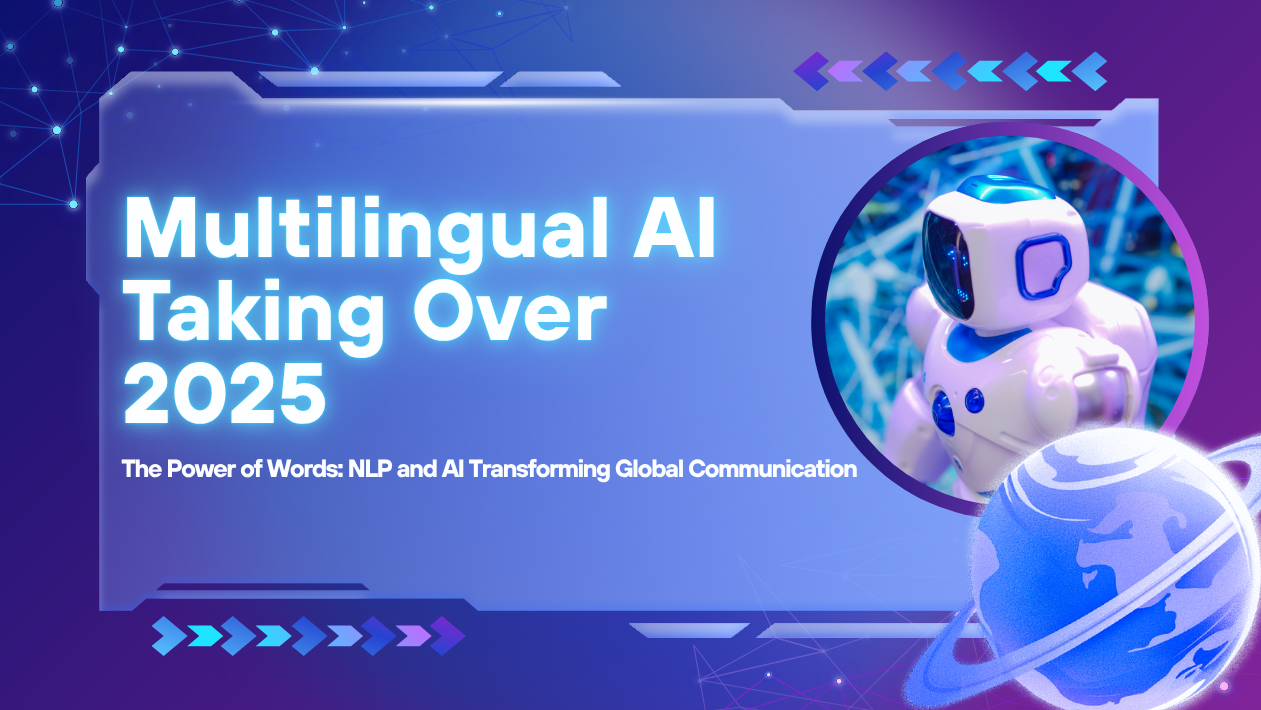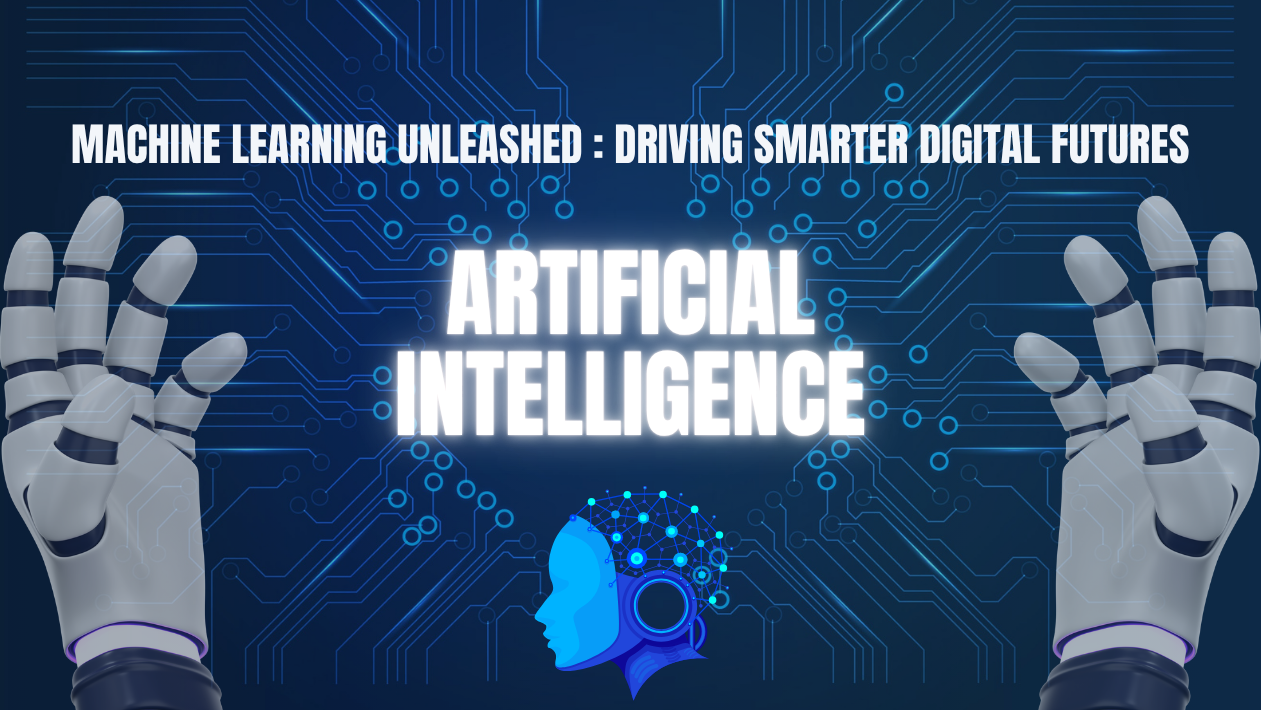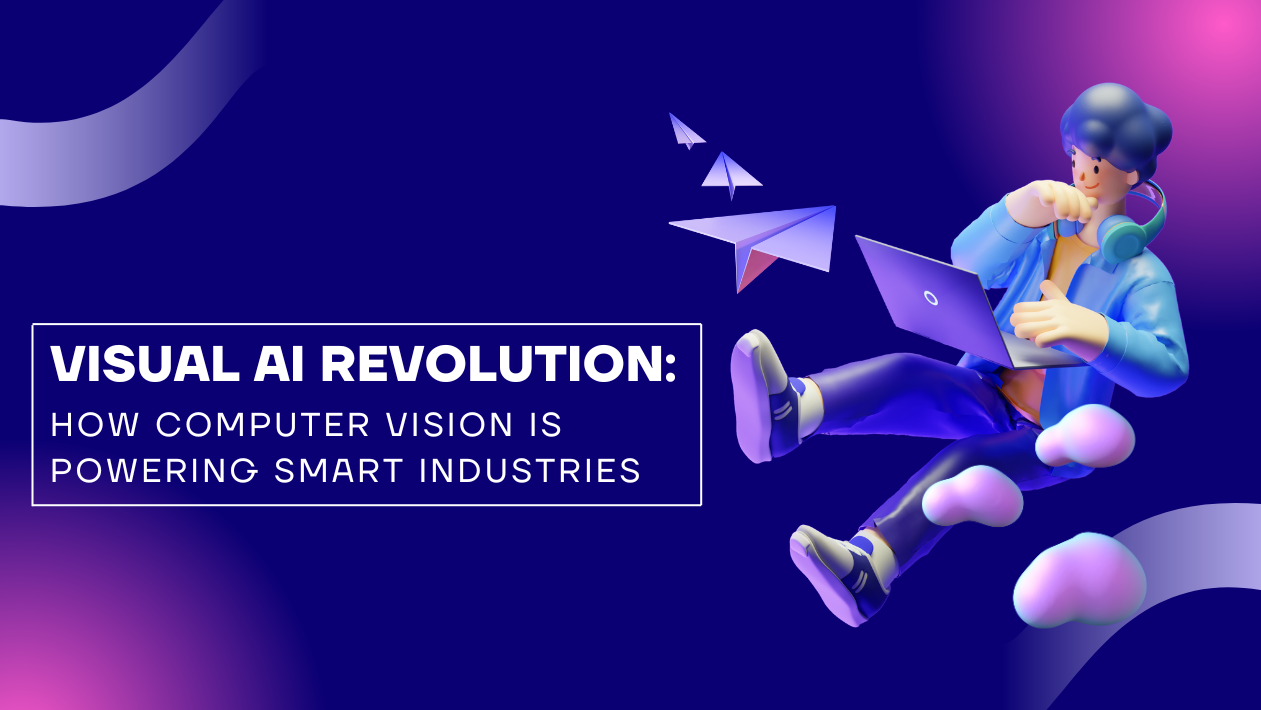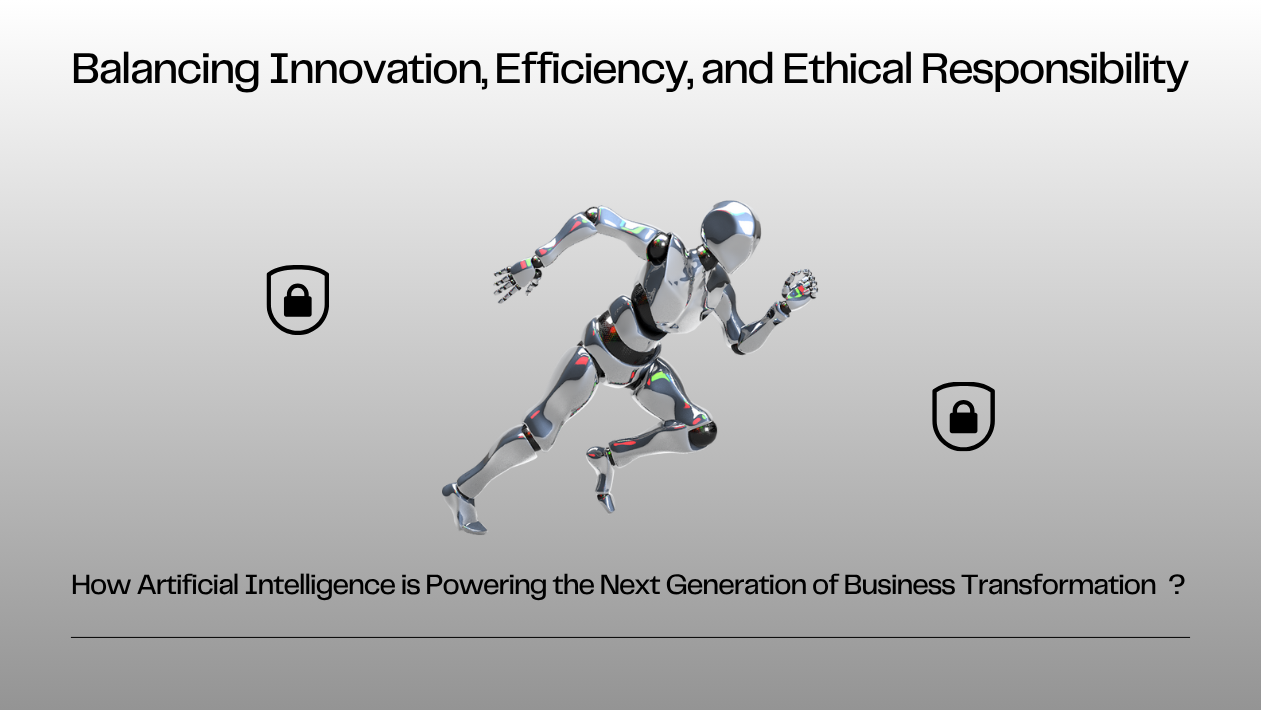Computer vision—the technology that enables machines to “see” and interpret the world—is moving from experimental labs into everyday operations across industries. In 2025, breakthroughs in edge computing, multimodal AI, and real-time analytics are making visual intelligence faster, more accurate, and more secure than ever.
Healthcare: Diagnostics and Surgery Go High-Definition
Hospitals are using AI-driven imaging tools to detect cancers, heart disease, and neurological disorders with near-human precision. Robotic surgery platforms now rely on computer vision for 3-D tissue mapping, allowing surgeons to operate with millimeter accuracy and reduced recovery times.
Retail & Smart Cities: Eyes on Efficiency
Major retailers deploy camera-based analytics to track shopper movement, predict shelf restocking needs, and enable checkout-free experiences. Meanwhile, city planners integrate vision systems into traffic lights and public transport to optimize routes and cut congestion.
Autonomous Mobility: Safer, Smarter Transport
Self-driving cars, drones, and delivery robots depend on real-time object detection and sensor fusion to navigate complex environments. Enhanced edge processors now process high-resolution video on-device, slashing latency and boosting safety.
Industrial & Agriculture: Automated Quality Control
Factories use vision-powered robots for instant defect detection, while farms deploy drone imaging to monitor crop health, soil moisture, and pest activity—reducing waste and improving yields.
Generative & 3-D Vision Expand Creativity
New “generative vision” models create lifelike 3-D reconstructions from ordinary images, fueling applications in augmented reality (AR), gaming, and virtual prototyping. Designers can iterate products digitally before physical production, saving time and resources.
Challenges: Privacy and Bias Remain Front-of-Mind
As adoption spreads, so do concerns about surveillance, data privacy, and algorithmic bias. Governments are introducing stricter consent rules and independent audits to ensure transparent and responsible deployment.
Outlook
With sharper algorithms and cheaper hardware, computer vision is becoming an invisible layer of intelligence for the physical world. Analysts predict a $140 billion global market by 2030, as every industry—from healthcare to logistics—integrates visual AI into its core operations.





